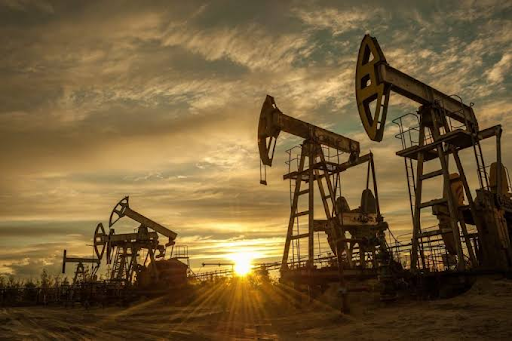India's export and import sector is a dynamic and integral component of the country's economy, playing a pivotal role in its global engagement and economic growth. With a rich history of trade dating back millennia, India has evolved into a significant player in the global marketplace. Its export and import activities span a diverse range of goods and services, reflecting the nation's remarkable cultural and economic diversity. In this introduction, we will delve into India's export and import landscape, exploring its key sectors, trade partners, and the broader impact on its economy and international relations.
India's Exports:
1. Information Technology Services: India's IT industry is a global leader, providing services such as software development, IT consulting, and BPO services. Companies like TCS, Infosys, and Wipro have a significant global presence.
2. Pharmaceuticals: India is known as the "Pharmacy of the World" due to its vast production of generic medicines. It exports pharmaceuticals, vaccines, and active pharmaceutical ingredients (APIs) to various countries.
3. Textiles and Garments: India is a major player in the textile and apparel industry. It exports cotton textiles, garments, home textiles, and accessories to markets worldwide.
4. Automobiles and Auto Parts: India manufactures and exports automobiles and auto components to countries in Asia, Africa, and Latin America. Companies like Tata Motors and Mahindra & Mahindra have a global presence.
5. Chemicals and Petrochemicals: India exports a range of chemicals, including specialty chemicals, dyes, and petrochemical products. It has a growing petrochemical industry.
6. Agricultural Products: India exports agricultural goods such as rice, spices (including basmati rice and spices like pepper and cardamom), tea, coffee, and marine products.
India's Imports:
1. Crude Oil and Petroleum Products: India heavily relies on oil imports to meet its energy needs. It imports crude oil from countries like Saudi Arabia, Iraq, and the United Arab Emirates.
2. Electronics and Electrical Equipment: With a growing demand for consumer electronics and electrical machinery, India imports items like smartphones, laptops, and electrical components from countries like China and the United States.
3. Machinery and Industrial Equipment: India imports various machinery, including industrial machinery, machine tools, and equipment needed for manufacturing and infrastructure development.
4. Gold and Precious Metals: India has a strong cultural affinity for gold, leading to significant gold imports for jewelry and investment purposes. Gold is primarily imported from countries like Switzerland.
5. Chemicals: Imports of chemicals and fertilizers are essential for India's agricultural sector and industrial processes. It sources chemicals from countries like China and the United States.
Trade Balance:
India's trade balance is often characterized by a trade deficit, meaning that it imports more than it exports. Several factors contribute to this trade deficit:
1. Oil Imports: India's heavy reliance on oil imports exposes it to fluctuations in global oil prices, impacting the trade balance.
2. Consumer Goods: The demand for consumer electronics and high-value goods often leads to a substantial import bill.
3. Infrastructure Development: As India continues to invest in infrastructure projects, it imports machinery and equipment for construction and development.
4. Gold Demand: India's cultural and economic factors drive demand for gold, contributing to imports.
5. Export Challenges: Trade barriers, non-tariff barriers, and competition in global markets can sometimes hinder the growth of Indian exports.
Profit and Loss:
The profit or loss from India's trade depends on various economic factors, including:
1. Exchange Rates: Fluctuations in currency exchange rates can affect the value of exports and imports, impacting profitability.
2. Global Economic Conditions: The overall health of the global economy can influence demand for Indian goods and services.
3. Global Commodity Prices: Changes in commodity prices, especially oil prices, have a direct impact on India's trade balance.
4. Trade Policies: Government policies, such as tariffs, trade agreements, and export incentives, play a crucial role in shaping trade profitability.
5. External Events: Events like the COVID-19 pandemic can disrupt global supply chains and trade patterns, affecting India's trade performance.
India's trade landscape is diverse, encompassing a wide range of industries and products. Its trade balance is influenced by a combination of domestic and global factors, making it essential for policymakers to carefully manage trade policies and economic conditions to ensure a sustainable and profitable trade environment. Detailed analysis of trade profitability in specific years requires comprehensive data and economic research beyond the scope of this response.






















Comments